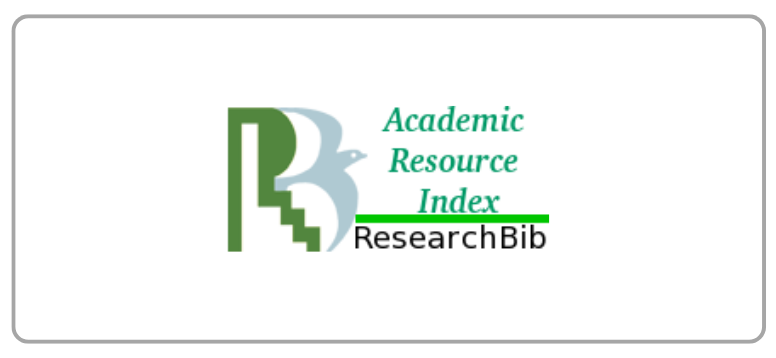How Do Binus University Freshmen Appraise English Entrant? (A Qualitative Approach)
DOI:
https://doi.org/10.21512/humaniora.v5i1.3028Keywords:
freshmen students, appraise English, English entrantAbstract
The research examined the assessments and the comments provided by Binus University freshmen students concerning their study experiences of taking University English Entrant as part of their compulsory English course program at Binus during the odd semester of 2010/2011. The goals of the research were to find out whether such program had been useful and effective for these students in terms of the teaching quality, course contents, and independent learning system commonly applied at Binus University. The research applied the technique of qualitative approach with the focus on finding the general feedback of these students in evaluating the program based on free-response data. In the initial stage of the research, the writer selected the random sample of four to five English Entrant classes ranging from small to large number of students. The writer then distributed the questionnaires to the subjects. After the data had been collected, the writer tabulated, summarized, and interpreted the data in the discussion. The final result indicates that communicative teachers are always the best preference; communicative tasks that put emphasis on fluency and clarity, rather than accuracy, have always been appreciated highly; and feedback in learning is highly expected for the independent learning system.
Â
Plum Analytics
References
Breen, M. (n.d). A Pragmatics of Language Teaching: From Practice to Principles. In Richard, J. C. (2001). Curriculum Development in Language Teaching. Cambridge: Cambridge University Press.
Brindley, G. (1984). Needs Analysis and Objectives Setting in the Adult Migrant Education Program. In Richard, J. C. (2001). Curriculum Development in Language Teaching. Cambridge: Cambridge University Press.
Brown, K. L. (2003). From teacher-centered to learner-centered curriculum: improving learning in diverse classrooms. Education, 124(1), 49-54.
Cohen, L., Manion, L., et al. (2000). Research Methods in Education. London: Routledge Farmer.
Harmer, J. (2007). The Practice of English Language Teaching. Essex: Pearson Education.
McCombs, B. L. (1997). Self-assessment and reflection: tools for promoting teacher changes toward learner-centered practices. In Brown, K. L. (2003). From teacher-centered to learner-centered curriculum: improving learning in diverse classrooms. Education, 124(1), 50.
McCombs, B. L., & Whistler, J. S. (1997). Learner-centered classroom and schools: strategies for increasing student motivation and achievement. In Brown, K. L. (2003). From teacher-centered to learner-centered curriculum: improving learning in diverse classrooms. Education, 124(1), 49.
McLean Orlando, S. (2006). The Importance of Informal Learning in EFL. In Harmer, J. (2007). The Practice of English Language Teaching. Essex: Pearson Education Limited.
Richard, J. C. (2001). Curriculum Development in Language Teaching. Cambridge: Cambridge University Press.
Siemon, A. (2010). Learning English in China: is communicative language teaching a reality? Australian Journal of Language and Literacy, 33(2), 39-42.
Usher, R. (1996). A critique of neglected epistemological assumptions of educational research. In D. Scott and R. Usher (eds), Understanding educational research. London: Routledge.
Downloads
Published
How to Cite
Issue
Section
License
Authors who publish with this journal agree to the following terms:
a. Authors retain copyright and grant the journal right of first publication with the work simultaneously licensed under a Creative Commons Attribution License - Share Alike that allows others to share the work with an acknowledgment of the work's authorship and initial publication in this journal.
b. Authors are able to enter into separate, additional contractual arrangements for the non-exclusive distribution of the journal's published version of the work (e.g., post it to an institutional repository or publish it in a book), with an acknowledgment of its initial publication in this journal.
c. Authors are permitted and encouraged to post their work online (e.g., in institutional repositories or on their website) prior to and during the submission process, as it can lead to productive exchanges, as well as earlier and greater citation of published work.
USER RIGHTS
All articles published Open Access will be immediately and permanently free for everyone to read and download. We are continuously working with our author communities to select the best choice of license options, currently being defined for this journal as follows: Creative Commons Attribution-Share Alike (CC BY-SA)
























